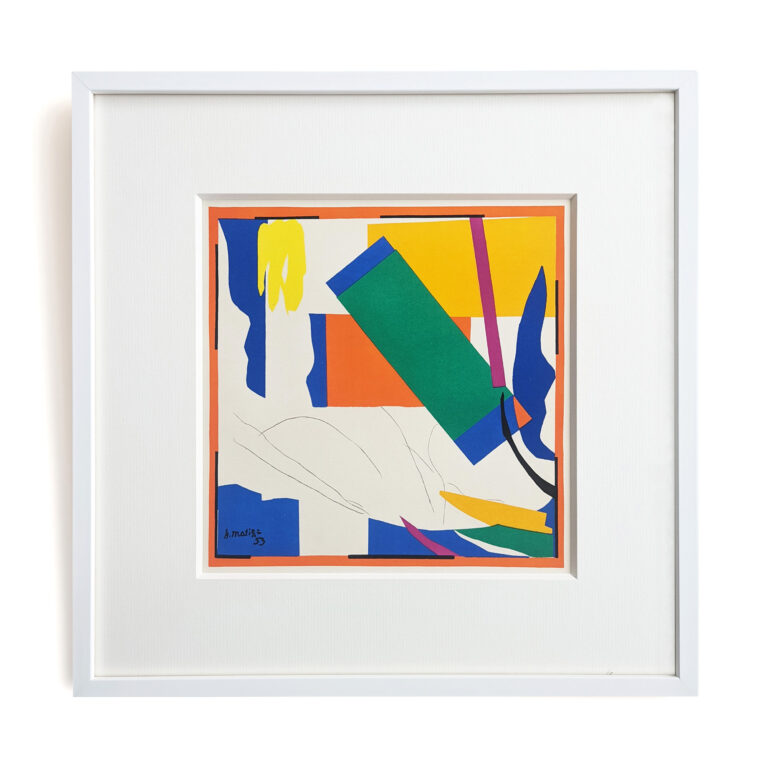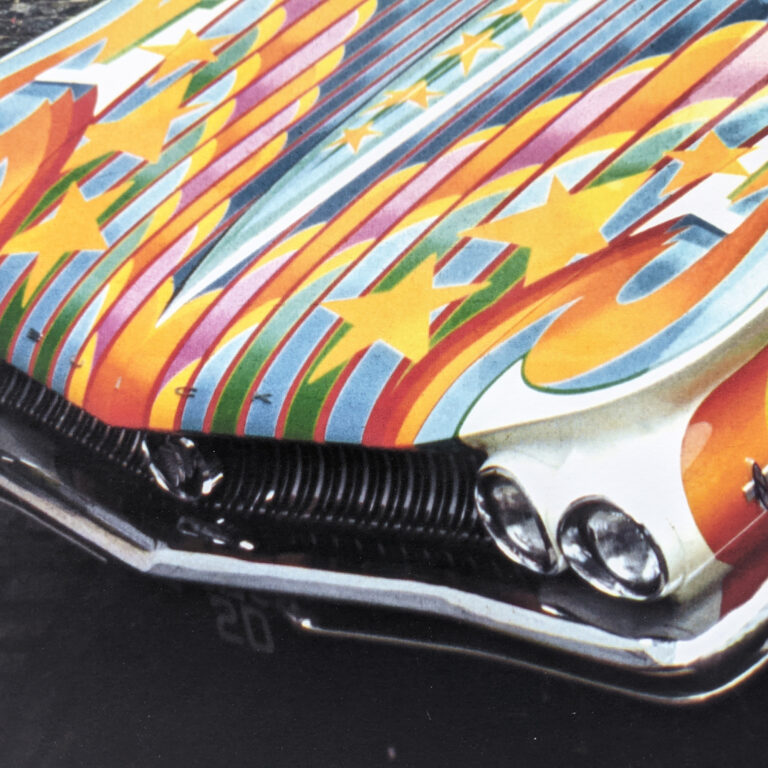
Artwork
Biography
Born in Le Cateau-Cambrésis, France, Henri Émile Benoît Matisse (1869 – 1954) is regarded as one of the great formative figures in 20th-century art and a master of the use of color and form to convey emotional expression.
Matisse began painting during a convalescence from an operation, and in 1891 moved to Paris to study art. He became an accomplished painter, sculptor and graphic designer, and one of the most influential artists of the 1900s. His work reflects a number of influences: the decorative quality of Near Eastern art, the stylised forms of African masks and sculpture, the bright colors of the French impressionists and the simplified forms of French artist Paul Cezanne and the Cubists. Matisse’s own early style was a conventional form of naturalism and he produced numerous many copies after the old masters. He also studied contemporary art, especially that of the impressionists, and he began to experiment, earning a reputation as a rebellious member of his studio classes.
His true artistic liberation, in terms of the use of color to render forms and organise spatial planes, came about first through the influence of the French painters Paul Gauguin and Paul Cezanne and the Dutch artist Vincent van Gogh. He closely studied their work around 1899 going on to discover the pointillist painting of Henri Edmond Cross and Paul Signac in 1903 – 04. Cross and Signac were experimenting with juxtaposing small strokes (often dots or “points”) of pure pigment to create the strongest visual vibration of intense color and Matisse adopted their technique and modified it repeatedly, using broader strokes. By 1905 he had produced some of the boldest color images ever created, including a striking picture of his wife, Green Stripe (Madame Matisse), (1905, Statens Museum for Kunst, Copenhagen). The title refers to a broad stroke of brilliant green that defines Madame Matisse’s brow and nose. In the same year Matisse exhibited this and similar paintings along with works by his artist companions, including Andre Derain and Maurice de Vlaminck. Together, the group was dubbed les fauves (literally, “the wild beasts”) because of the extremes of emotionalism in which they seemed to have indulged, their use of vivid colors, and their distortion of shapes.
From the 1920s until his death, Matisse spent much time in the south of France, particularly Nice, painting local scenes with a thin, fluid application of bright color. Often bedridden during his last years, he occupied himself with decoupage, creating works of brilliantly colored paper cutouts arranged casually, but with an unfailing eye for design, on a canvas surface. Matisse died in Nice on November 3, 1954.
Unlike many artists, he was internationally popular during his lifetime, enjoying the favour of collectors, art critics, and the younger generation of artists whom he continues to inspire today.
Contact us to request the catalogue of available artworks by Henri Matisse
Banner image credit: Robert Capa













